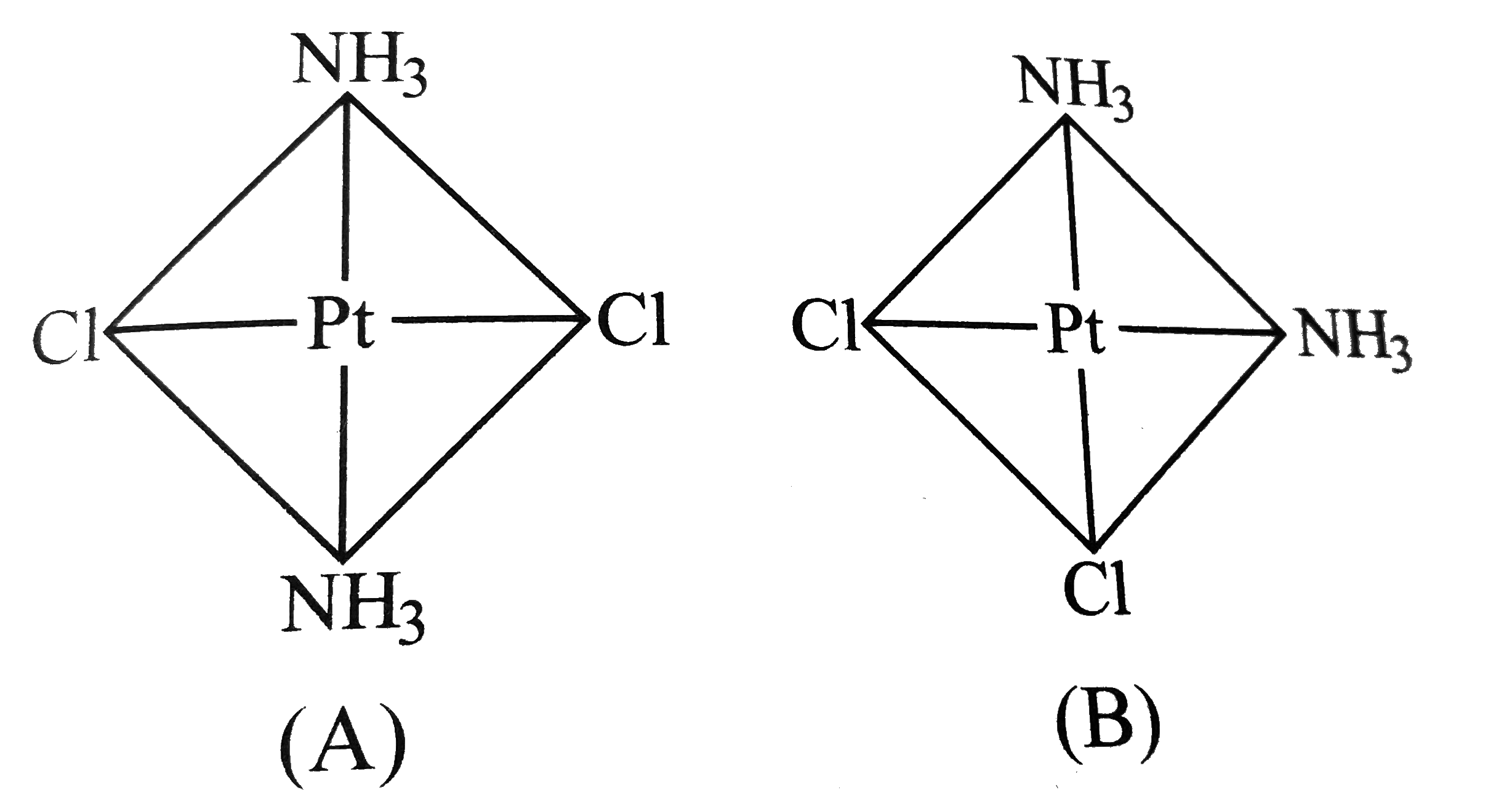Azolla pinnata has been found to be an important biofertiliser for paddy crops. This quality is due to the presence of
N2 fixing bacteria
N2 fixing cyanobacteria
mycorrhizae
all of these
The correct Answer is:B
Step-by-Step Solution:
1. Identify the Organism: The organism in question is Azolla pinnata, which is a species of fern.
2. Common Names: Azolla pinnata is commonly known as water velvet and mosquito fern.
3. Role in Agriculture: Azolla pinnata is recognized as an important biofertilizer for paddy (rice) crops.
4. Reason for Biofertilizer Quality: The biofertilizer quality of Azolla pinnata is primarily due to its ability to fix nitrogen in the soil.
5. Symbiotic Relationship: This nitrogen-fixing ability is a result of a symbiotic relationship with cyanobacteria (also known as blue-green algae).
6. Process of Nitrogen Fixation: In this symbiotic relationship, cyanobacteria convert atmospheric nitrogen into a form that is usable by plants, which is then incorporated into the soil.
7. Importance of Nitrogen for Paddy Crops: Nitrogen is essential for the growth of rice plants, as it is a crucial nutrient that promotes healthy growth and high yield.
8. Cultivation Method: Farmers cultivate Azolla in wet soil, and after a certain period, they plough it under the soil. This process enriches the soil with nitrogen, enhancing its fertility.
9. Outcome: The incorporation of Azolla into the soil leads to improved nitrogen content, which supports the growth of paddy crops, resulting in higher yields.
Final Answer: The quality of Azolla pinnata as an important biofertilizer for paddy crops is due to the presence of cyanobacteria, which facilitate nitrogen fixation.
---
Topper's Solved these Questions
- MICROBES IN HUMAN WELFAREBOOK - NCERT FINGERTPS ENGLISHCHAPTER - MICROBES IN HUMAN WELFAREEXERCISE - HOTS
5 Videos
- MICROBES IN HUMAN WELFAREBOOK - NCERT FINGERTPS ENGLISHCHAPTER - MICROBES IN HUMAN WELFAREEXERCISE - NCERT
18 Videos
- HUMAN REPRODUCTIONBOOK - NCERT FINGERTPS ENGLISHCHAPTER - HUMAN REPRODUCTIONEXERCISE - Human Reproduction
185 Videos
- MOLECULAR BASIS OF INHERITANCEBOOK - NCERT FINGERTPS ENGLISHCHAPTER - MOLECULAR BASIS OF INHERITANCEEXERCISE - Molecular Basis Of Inheritance
151 Videos
Similar Questions
Knowledge Check
Assertion: Azolla pinnata is used as biofertiliser in rice cultivation.
Reason: Azolla performs nitrogen fixation with the help of symbiotic bacteria Bacillus sp.AIf both Assertion and Reason are true and the Reason is the correct explanation of the AssertionBIf both Assertion and Reason are true and the Reason is not the correct explanation of the Assertion.CIf Assertion is true but the Reason is false.DIf both Assertion and Reason are false.
A : Azotodesmic lichens are biofertilisers enriching nitrogen contents in soil.
R : This ability is due to the presence of heterocystous blue-green algae as phycobiont component.
View SolutionThe plant tissues commonly found in fruit walls of nuts and pulp of some fruits like guava are termed as
Or
pear fruits are gritty due to the presence of
Or
Tissue composed of non-parenchymatous cells and have isodiametric or irrengular shape is called
View SolutionThe platinum-chlorine distance has been found to be 2.32Å in several crystalline compounds This value applies to both compounds A and B given here


Based on the above structures, answer the following questions
Structure B is .
View SolutionBaculoviruses based insecticide has been found to eliminate
View SolutionIn Paddy fields which microorganism serve as important biofertiliser?
View SolutionHoney Fungus (Armillaria ostoyae) has been found to occupy an area of
View SolutionIn a gaseous reaction at equilibrium , 'n' mole of reactant 'A' decompose to give 1 mole each of C and D.It has been found that degree of dissociation of A at equilibrium is independent of total pressure.Value of 'n' is :
View Solution
